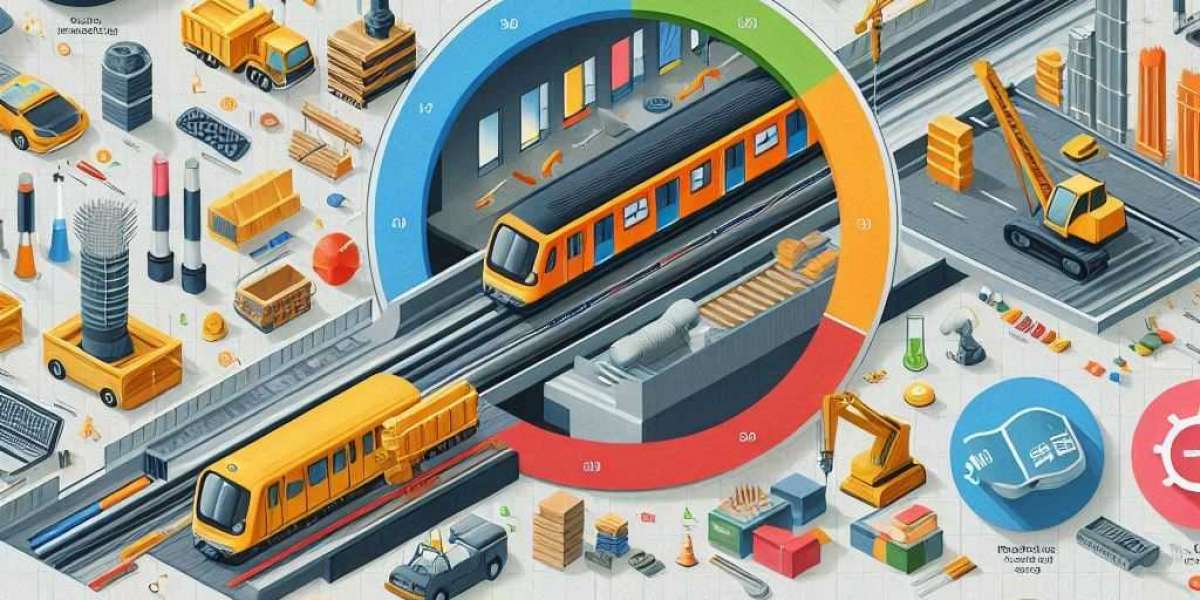Subway is one of the largest and most recognized fast-food chains in the world. With thousands of locations worldwide, it presents a great business opportunity for entrepreneurs looking to invest in the food industry. Owning subway dealership can be a profitable venture, but it requires thorough planning, financial investment, and dedication. In this guide, we will walk you through the process of acquiring a Subway franchise, its benefits, costs, and key considerations.
Why Choose a Subway Dealership?
Subway has built a strong global brand reputation, making it a lucrative option for investors. Here are some reasons why entrepreneurs opt for a Subway dealership:
- Established Brand – Subway is a household name, making it easier to attract customers.
- Proven Business Model – Franchisees get access to a tested and successful business model.
- Comprehensive Training Support – Subway provides franchisees with extensive training and ongoing support.
- Healthier Menu Options – Compared to other fast-food chains, Subway offers a variety of healthier food choices.
- Lower Initial Investment – The cost of opening a Subway franchise is relatively lower compared to other fast-food brands.
Steps to Obtain a Subway Dealership
- Research and Understand the Business Model
Before investing, it’s crucial to research the Subway brand and understand its operations. Learn about its menu, target audience, and market demand in your location.
- Meet Financial Requirements
Subway requires potential franchisees to have a certain level of net worth and liquid assets. The financial requirements typically include:
- Initial franchise fee: Around $15,000
- Total investment: $116,000 - $263,000
- Ongoing royalty fee: 8% of gross sales
- Marketing fee: 4.5% of gross sales
- Submit Franchise Application
Once you meet the financial requirements, you need to apply for a franchise. The application process includes submitting personal and financial details. If your application is approved, Subway will invite you for further discussions.
- Attend Training and Evaluation
Subway requires new franchisees to attend training at its headquarters. This program covers business operations, marketing strategies, and customer service.
- Secure a Location
Choosing the right location is critical for success. Subway assists franchisees in selecting high-traffic areas, such as malls, shopping centers, and business districts.
- Build and Equip Your Store
After securing a location, you need to design and set up your store according to Subway’s brand guidelines. This includes acquiring the necessary kitchen equipment and signage.
- Grand Opening and Marketing
Once your store is ready, launch your business with a grand opening. Use digital marketing, promotions, and local advertising to attract customers.
Costs Involved in a Subway Dealership
Initial Costs
- Franchise fee: $15,000
- Lease and store setup: $100,000 - $200,000
- Equipment and supplies: $50,000 - $100,000
- Working capital: $20,000 - $40,000
Ongoing Expenses
- Rent and utilities
- Employee salaries
- Inventory and supplies
- Marketing and promotional expenses
Advantages of Owning a Subway Franchise
- Lower Initial Investment – Compared to competitors, Subway’s startup costs are relatively low.
- Strong Brand Recognition – A well-known brand helps in customer acquisition.
- Flexible Store Formats – Subway allows different store models, including kiosks and express locations.
- Training and Support – Franchisees receive business training and operational assistance.
Potential Challenges
- Market Competition – The fast-food industry is highly competitive.
- Operational Costs – Managing rent, labor, and supply costs is crucial.
- Changing Consumer Preferences – Customer tastes and trends evolve over time.
Is a Subway Dealership Right for You?
Owning a subway franchise apply online can be a rewarding business opportunity if you have the required investment and dedication. It offers an established brand, a proven business model, and continuous support. However, it’s essential to research thoroughly, assess the competition, and ensure you meet Subway’s financial requirements before making a decision.
By following the right steps and strategies, you can build a successful and profitable Subway dealership.






